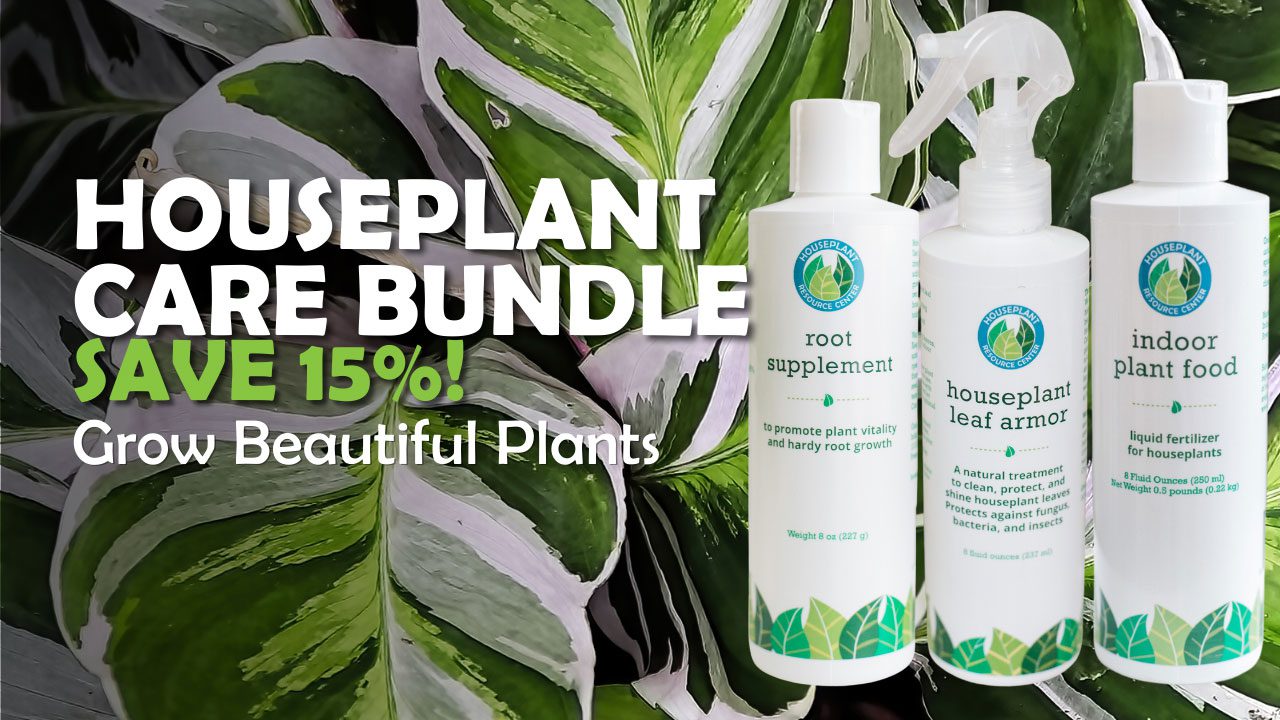If your indoor jungle is looking a little overgrown, it might be time to prune your houseplants. Sound scary? Don’t worry! Pruning houseplants can actually be really good for your plants, and it has a few other fun perks as well (like allowing you to propagate and get MORE houseplants!).
Think of it as grooming your plants rather than hacking them to pieces. It’s just like you’d clip your hair and fingernails or take your dog to the groomers for a cut and trim. Sometimes plants need a trim as well!
Pruning is something you should get familiar with, because you’ll have to do it fairly regularly with many indoor plants.
Here’s why pruning is so important!
Table of Contents
The Benefits of Pruning Your Houseplants
Gets rid of damaged leaves and stems.
This is important because damaged leaves and stems can actually be an energy drain on your plant. By removing those dead parts, you’re taking some of that work off your plant’s plate and allowing it to divert its energy into healthy leaves and new growth!
And if some of your leaves are damaged due to bacterial infection or fungus, it’s best to get rid of them so that stuff won’t spread to the rest of the plant. It’s just good hygiene!
Keeps your plant from getting too big
Some plants like indoor trees and climbing plants can aggressively grow toward the sun, which means they may get too large or tall for their location. Pruning your plants prevents this and gives them a more compact shape.
Give Your Plant Balance
Depending on where your plant is getting its light, it may grow sideways toward the nearest window, which can leave your plant lopsided or off balance. (And the LAST thing you want is your plant tipping over!)
To prevent this, it’s important to rotate your plant regularly so it grows symmetrically. Plants can still get off balance, and pruning will help keep growth from getting lopsided.
Decrease Crowded Areas
Plant leaves need airflow and space to be healthy. If your plant gets too crowded, the leaves can rub against each other and cause damage, or limit airflow, which puts it at risk for diseases like mildew. You’ll want to thin crowded areas by pruning.
How to Prune Your Houseplants
Before pruning houseplants:
Choose your timing wisely
The best time to prune most plants is in the spring when there will be plenty of light to fuel recovery and new growth. Try to prune in the spring or early summer. You’ll want to get a sharp pair of pruning shears because dull tools or scissors can crush the stems and damage your plant.
Before you begin, be sure to put down an old sheet or a drop cloth, especially if it’s a large plant or tree. You may want to wear gloves as well. Some plants may bleed a sticky sap that can damage your floor and irritate skin. (It’s best to do a quick Google search for your particular plant so you know what to expect. Pruning a pothos is no big deal, but a large ficus tree will definitely require gloves and a drop cloth.)
Next, you’ll want to clean and disinfect your tools, as germs on your tools can infect your plant. Run your shears through the dishwasher or thoroughly wash and dry with soap and water before you begin pruning.
Planning your cuts
Before you start, think about how you’ll want your plant to look when you’re done. You can’t undo a cut, so it’s best to go in with a general plan of where you want to make your cuts.
Tip: Try marking the leaves or branches you want to cut with a small Post-it Note or colored tape. That way, you can plan your cuts and make adjustments BEFORE you actually cut anything.
Don’t go overboard. Some plants can take a major pruning in stride while others will need a more gradual approach. Generally, the hardier the plant species in general, the more you can cut without sending it into shock.
Touch plants like snake plants, philodendrons, spider plants, pothos, etc., generally won’t throw a fit if you remove a lot of leaves. More sensitive plants like ficus trees will go into shock if you remove too many leaves at once. Research your plant beforehand, and if you have any doubts, don’t remove more than 10% of the leaves at once.
Things to consider when planning your cuts:
Plan to Remove Damaged Leaves or Branches
If you notice any leaves or branches with significant spotting, dryness, or discoloration, plan to remove those first. That way, you’ll free up your plant’s energy to put toward healthy growth.
Reduce crowding
If your plant has any crowded areas, plan to thin those out.
If you notice any touching branches, thick clumps of leaves (that aren’t characteristic or desirable for your species) or any leaves or branches that impeded another’s growth, mark ‘em.
This will improve airflow, reduce the risk of fungal growth, allow for unimpeded growth, and just make your plant look nicer.
Shape your plant
Once you’ve determined which leaves and branches need to go to better the health of the tree, you can now start thinking about aesthetics if your tree can stand to lose a little more.
Think about the overall shape you’d like your plant to take. If your plant has some leaves or branches that stick out in wonky directions, you may want to remove those. If your plant is just getting too big, plan where you need to cut in order to bring it back to a manageable size.
Now it’s time to prune!
How to Make Your Cuts
Use your sharp, clean tool to remove the parts you’ve marked. Make sure that your cuts are clean and that you aren’t crushing the stems. If this is happening, you may need a sharper tool or to adjust your cutting motion.
Disposing of your leaves: If you’re removing sick or damaged pieces of the plant, throw them in the garbage. Do NOT compost them, or you risk spreading infection to other plants.
If you’re removing healthy growth, you might want to hang onto them for propagation.
After Pruning Your Houseplants
If your plant is nice and healthy, it should recover from pruning and begin growing again within a few weeks. If your plant gets a little droopy for a few days, don’t worry. It might be experiencing shock, but it will bounce back.
Tip: To help your plant recover and continue growing, make sure you’re fertilizing regularly.
That’s it!
Pruning can be scary at first, but soon it will feel no more scary than getting a haircut or clipping your nails, because that’s essentially what you’re doing with your plant.
And now that you have some plant clippings, you might want to try to propagate them to get even more houseplants! Make sure to read our complete guide on plant propagation and check out our Propagation Promoter to speed root growth and help your cuttings grow into happy, healthy plants!




